Posture and Performance on the Bike
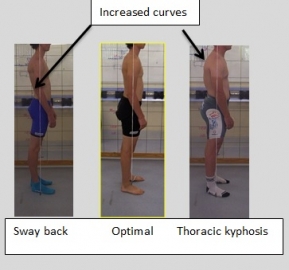 | So what is optimal posture ?
|
| As cycling is a symmetrical sport it is important to keep a close eye on areas of increased tightness particularly if they are asymmetrical | |
 |
|
Figure 2: This cyclist cannot tilt their pelvis. Thus their position on the bike is poor and appears as though they are reaching too far forward. Their chest and rib cage expansion are limited (try breathing in deeply as you slouch! It does not work well) Figure 3: This is the cyclist in the top postural picture. Note the large curve in the mid back in standing. This is reflected when on the bike | |
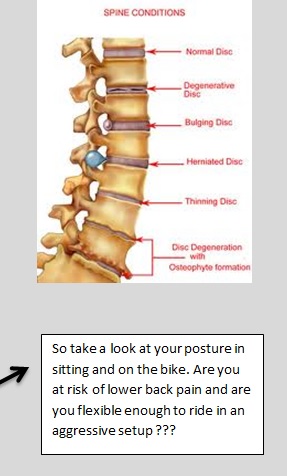 | So how does poor riding posture affect your spine ? The spine is made out of 4 main structures:
The most commonly injured structure in the spine is the disc. Spinal discs are like jam donuts: they have an inner section (jam) and an outer section (donut). If you bend forwards the jam pushes to the back section of the donut and vice versa if you lean backwards. Over time, if you have poor posture in sitting or riding the jam section of the disc can begin to push through into the donut. This can create a small bulge in the disc as seen in the picture. Bulging discs are common and not always painful however if they progress further the jam can push completely through the donut which is called a herniated disc. This disc may push on the spinal nerves and can refer down into the legs. These can be extremely painful and can lead to surgery. |
| The lumbar spine’s lowest two spinal segments, L4- L5 and L5-S1, which include the vertebrae and discs, bear the most weight and are therefore the most prone to degradation and injury. | |
 | |
DON’T KNOW WHERE TO START ? Take a look in the mirror at your posture, find the stretching sheet from the previous newsletters and get started, video yourself on the bike and make a list of your problem areas. Practice over and over again. Posture starts when you get up in the morning…make the most of it, you only get one back! | |
.svg)
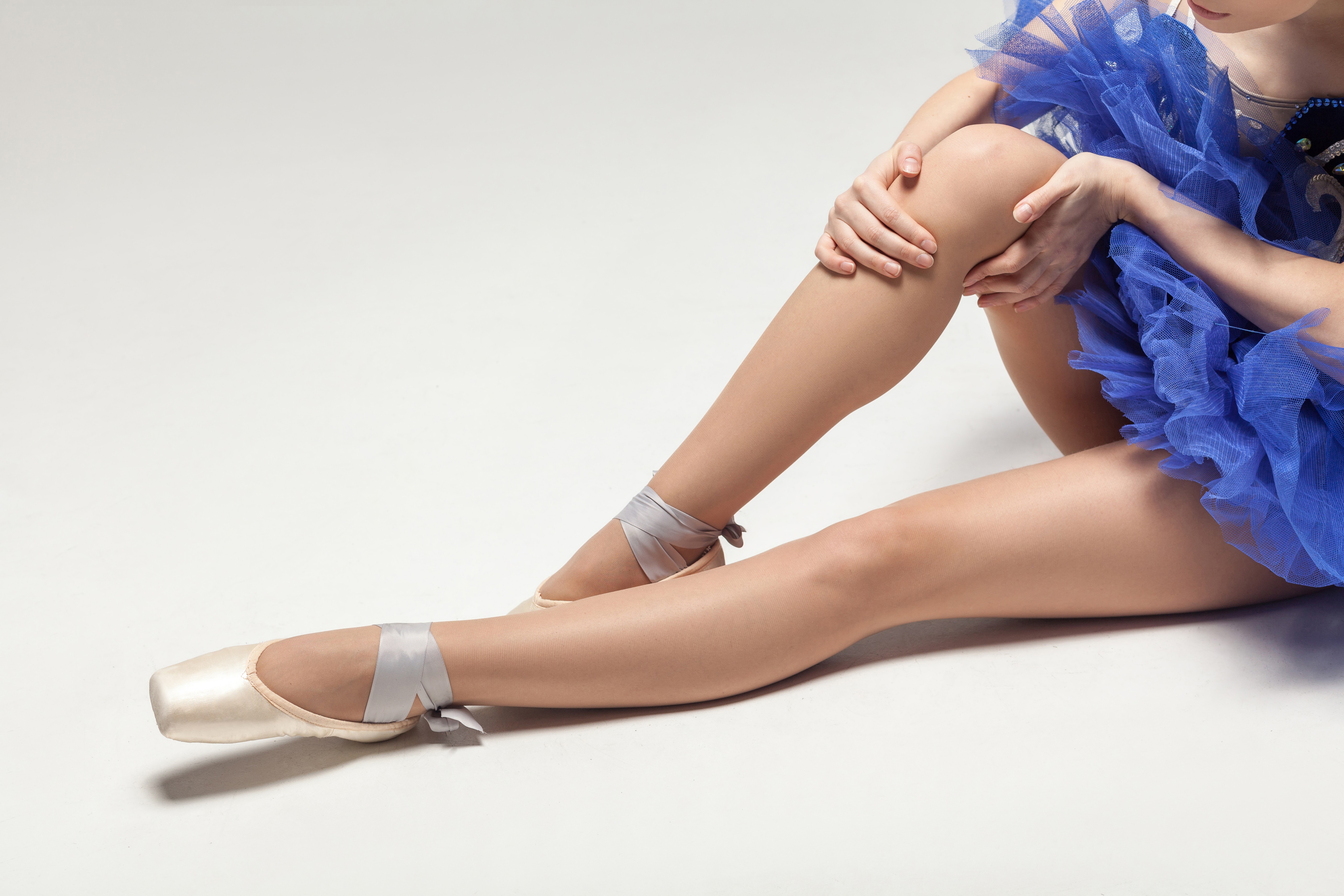
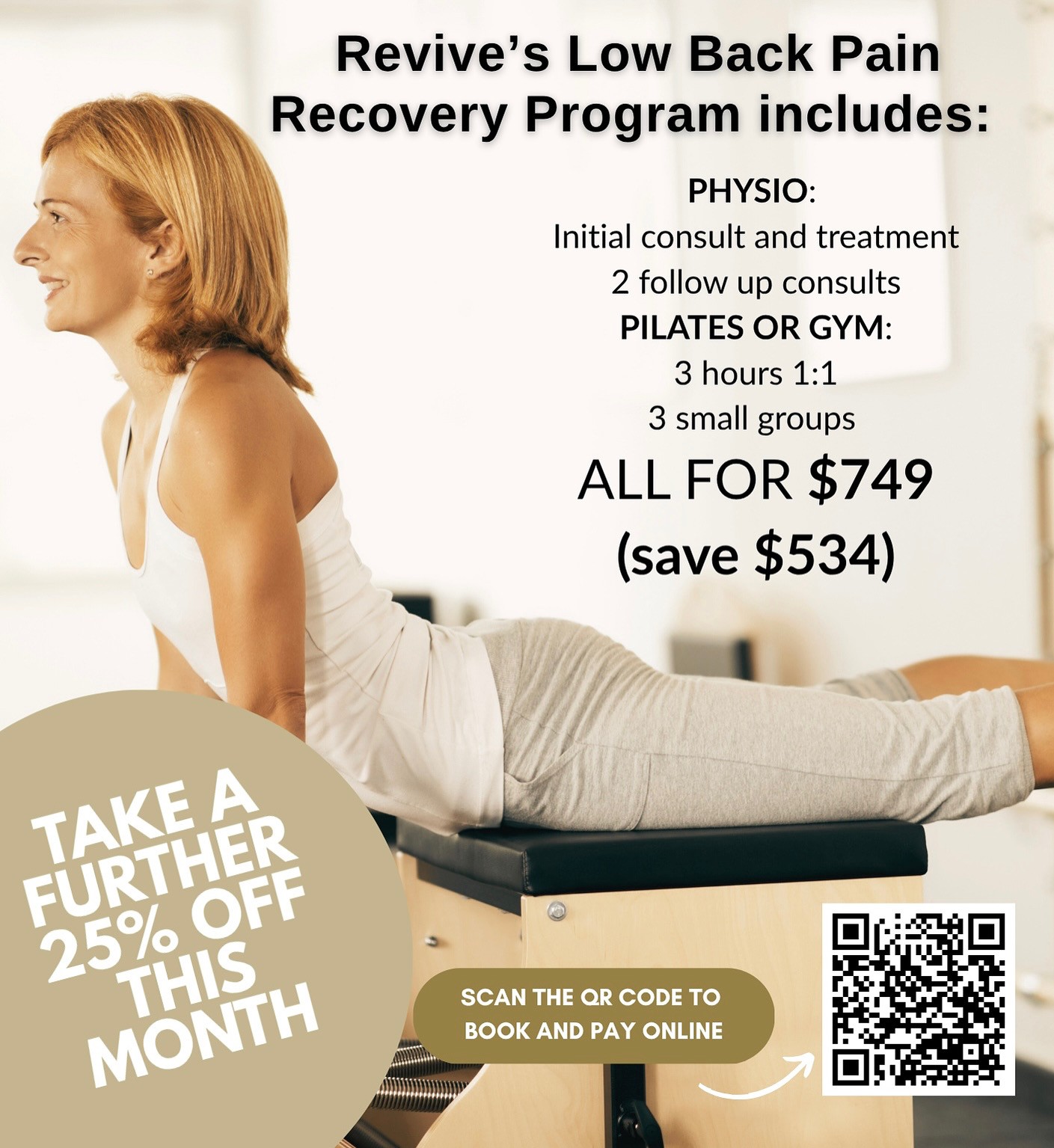
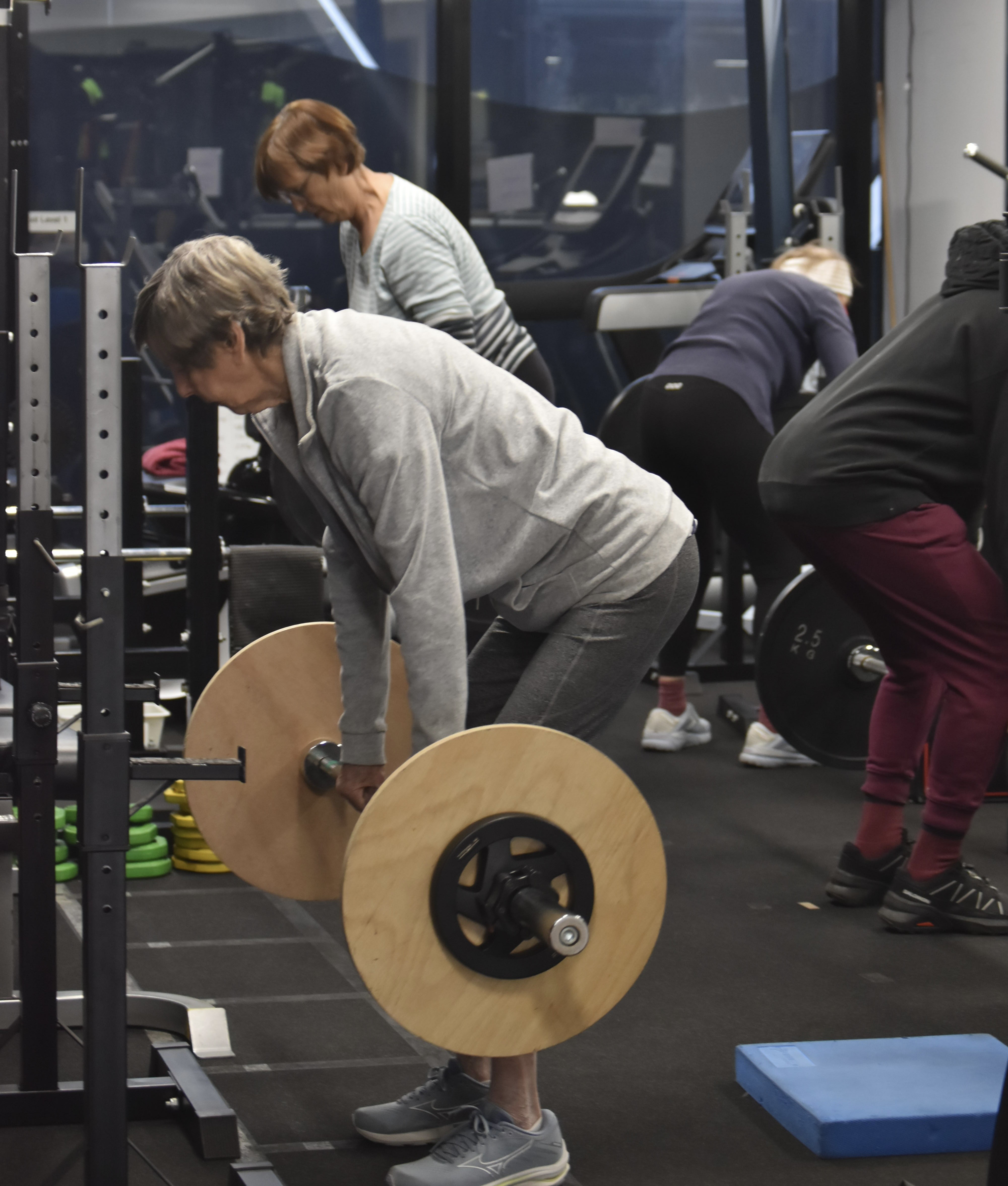


).png)